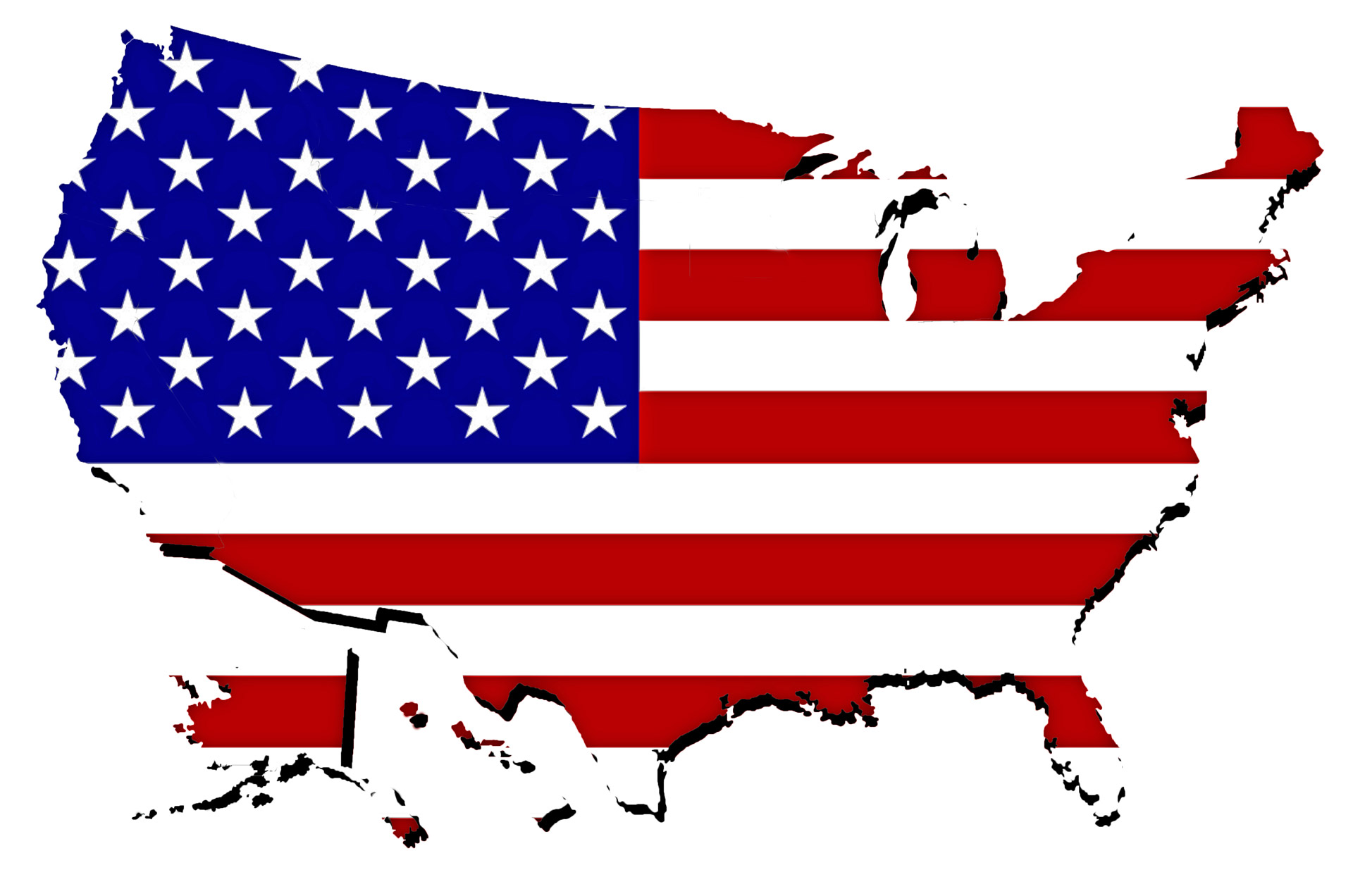
The Territories of the United States
When one thinks of a map of the United States, one pictures the 50 states.

This is certainly true. There are indeed 50 states within the United States of America. But the land of this great nation goes beyond its States. The United States also includes its territories.
A territory is a piece of land that belongs to the United States but is not an actual part of the Union.
Let's learn more about these territories and how they came to be.
Room for one more
In 1783, Great Britain finally gave the colonies the royal OK to be independent states. At first, these former colonies divided all the land granted to them, extending their borders clear to the western edge of the land won from England.
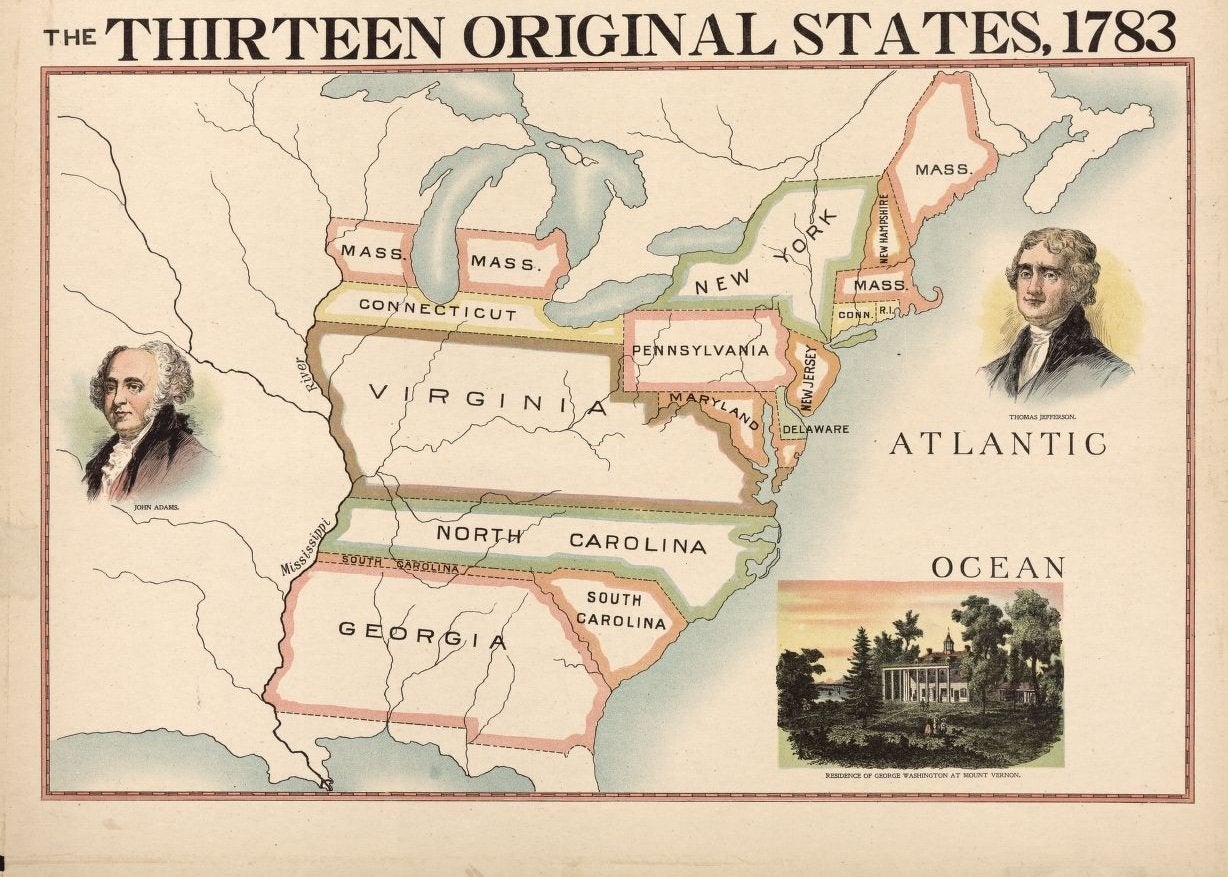
Early map of the States, with their western borders extending all the way across.
Later, the states agreed to come together in a federation as the United States of America. These newly formed states gave the new federal government their western lands to pay war debts.
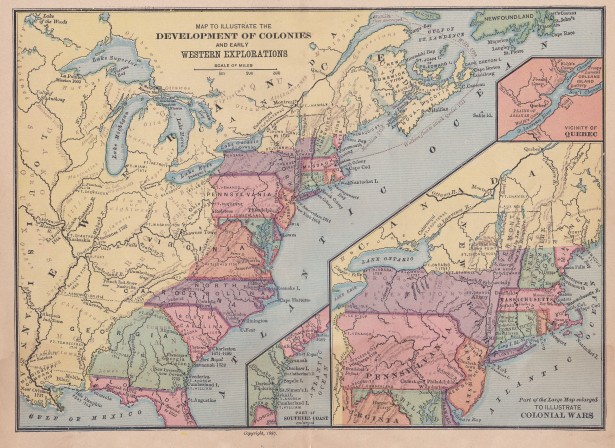
Map of United States, showing the reduced size of the states.
But how were these new lands, or territories, to be managed?
The
new constitution gave
that job to
the new
Congress. Article IV, section 3 states:
The Congress shall have Power to dispose of and make all needful Rules and Regulations respecting the Territory or other Property belonging to the United States ...
So throughout the history of the United States, new lands were acquired and territories created.
Westward ho!
There is one more important point here. The new rules of the constitution allowed for the creation of new states. Article IV, section 3 states:
New States may be admitted by the Congress into this Union; but no new State shall be formed or erected within the Jurisdiction of any other State; nor any State be formed by the Junction of two or more States, or Parts of States, without the Consent of the Legislatures of the States concerned as well as of the Congress.
So, with these laws, a new nation expanded.
In 1803 the Louisiana Purchase expanded territory into what is now the middle of the United States.

Map of the Louisiana Purchase by William Morris.*
In 1848, the war with Mexico ended with the United States acquiring territory from Mexico that would become the western states.
In 1854 the Gadsden Purchase brought the territory into what is now southern Arizona.
These western territorial times were the wild, often uncontrolled days of the old west.
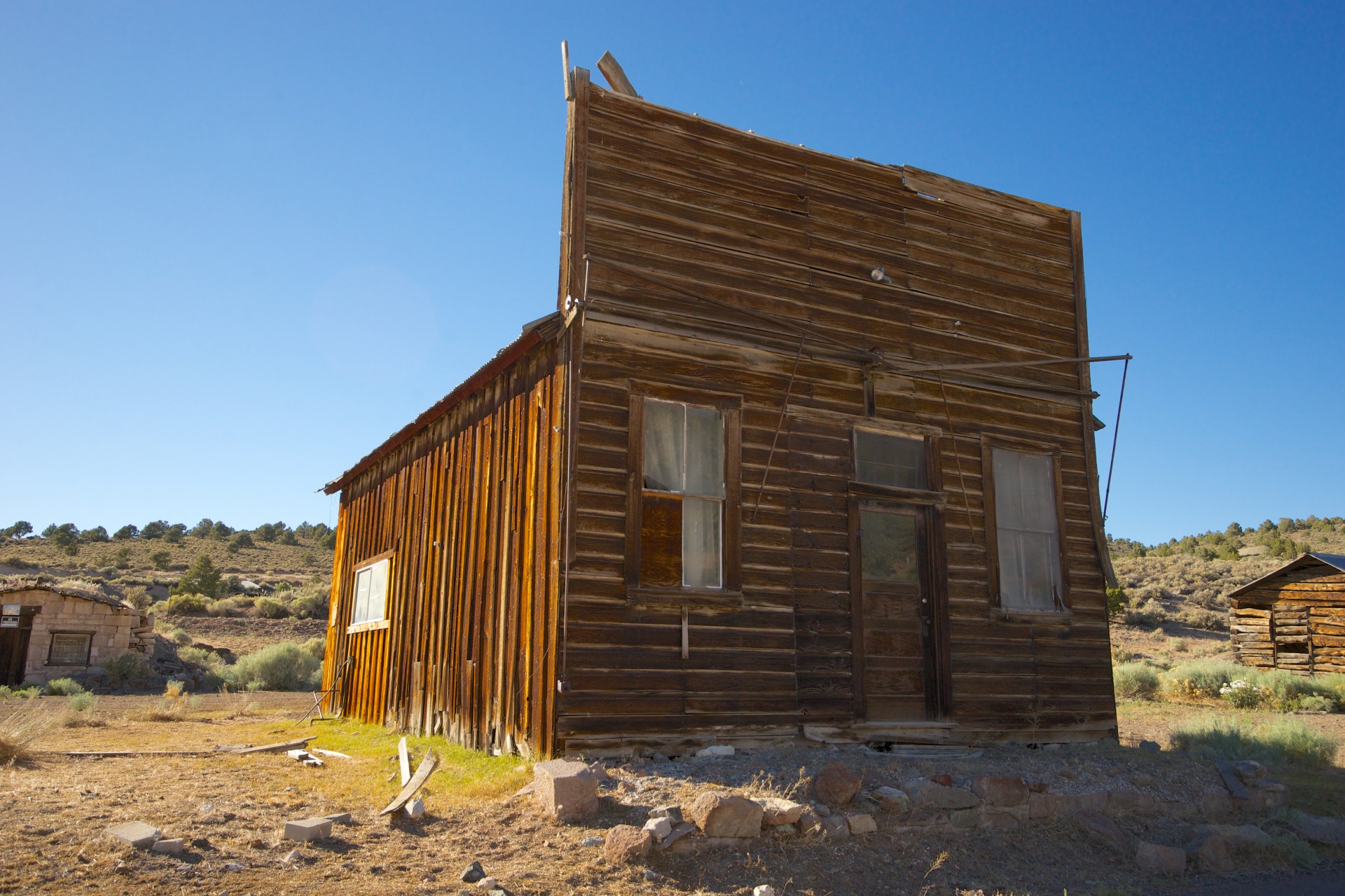
These territories would later be formed into new states.
The United States was taking shape.
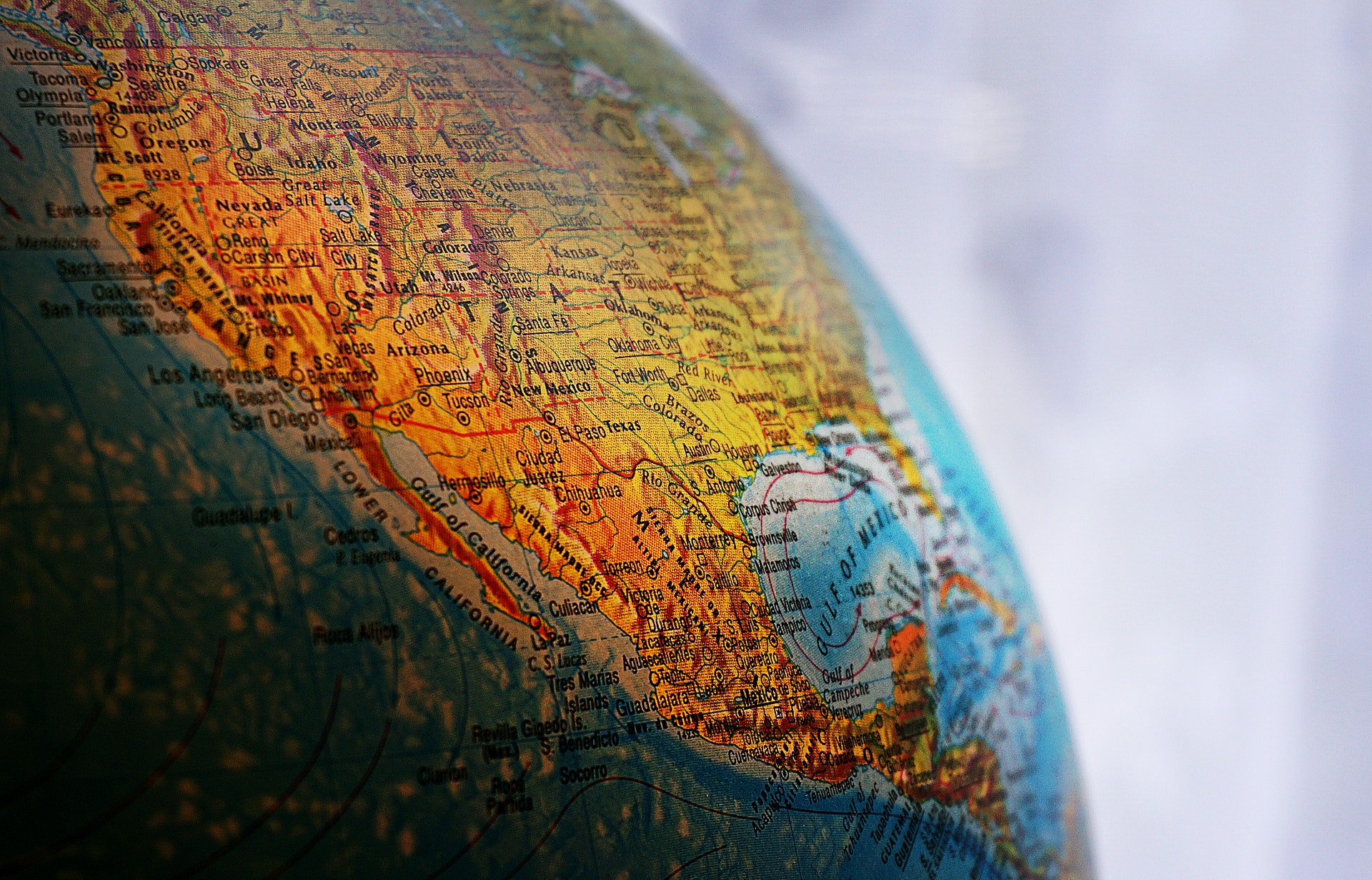
A bad idea – or was it?
While the young nation was growing, the Russians were having a bit of trouble.
Starting in 1743, Russia extended into North America and established colonies in what is now present-day Alaska for fur trading.

Map of the Russian empire by Milenioscuro**.
Things weren't going well.
They didn't get along so well with the locals. They saw the Russians as a threat to their traditional way of life.

Depiction of the Battle of Sitka by Louis S. Glanzman.
At first, the colony was well managed, but under new management, things went downhill due to poor money management and a reduced number of animals to hunt for furs.
It was difficult managing a colony so far away from Russia.
In the end, the Russian company in Alaska went bankrupt.
By the 1850s, Russia wanted out.
That's where the United States comes into the picture.
Secretary of State William Seward talked with Russia, and they agreed to sell their territory to the U.S. for $7.2 million. On March 30, 1867, it became an official territory of the United States.
It was cheap land, but many scoffed at it and called it "Seward's Folly."
But, as they say, “he who laughs last...”
In 1897 the cry of gold in Alaska was heard. Thousands flocked to the territory, braving the harsh wilderness, seeking the valuable metal.

Photo of Chilkoot Pass – called the “Golden staircase.” Gold seekers needed to hike up this hazardous trail to get to the goldfields.
Alaska became a state in 1953. It is the 49th state and the first state that is not connected to the rest of the mainland of the United States. Today it continues to provide the U.S. with natural resources such as natural gas and oil. The income from oil is enough that Alaska is the only state without an income tax.
The isles of the sea
In the late 1800s, the United States started looking across the pacific ocean for further growth. In 1898 the Kingdom of Hawaii was annexed – taken over – by the U.S. and became a territory. In 1959 it would become the 50th state – a fact Hawaiians are very proud of. (Where do you think the "5-0" in the title of the TV series Hawaii 5-0 came from?) All the islands in the territory of Hawaii, except the tiny island of Palmyra Atoll, were included in the new state. This island remains a U.S. territory today.
In the same vein, other islands were simply claimed as American territories. These are as follows:
Wake Island in 1899
American Samoa in 1900
Wake Island, though very tiny, would play a major role in the history of air flight. In the 1930s, when Pan America wanted to be the first to fly across the pacific, they needed a stopping place in the middle of the ocean. Wake Island fit the bill perfectly.
Other American territories came into being due to the fortunes of war.
In 1898, the United States went to war with Spain – the Spanish-American war. The war did not go well for Spain. First, they lost Cuba, which then became an independent nation. Second, the following islands became territories of the United States:
Both Puerto Rico and Guam are still American territories today. The Philippines, on the other hand, became an independent nation in 1946.
Still later, after the end of the Second World War, another group of islands known as the Nothern Mariana Islands became U.S. territories.
One last item, lest you think all territory was obtained by force, I will add the U.S. Virgin Islands – which was bought from the Netherlands in 1916.
What's in your garden?
The last stretch of territories came because of manure.
Ask Mary Quite Contrary today how her garden grows, and the answer would be by some form of fertilizer, organic or chemical. In the early 1800s, organic was the only option, and the best fertilizer (also an ingredient for gunpowder) was guano, a manure produced from the droppings of birds and bats.
So important was this, that in 1856 Congress passed the Guano Islands Act (yes, there is a law named for manure). This law allowed the United States to claim small islands that could be a good source of this prized material. A string of tiny islands was added as territories, and it is an impressive list.
Most of these are little more than tiny dots in the middle of a big ocean. However, Midway Island was the site of an important battle in World War II.
Yes, this is quite a list. But these territories aren't merely places on a map. They are part of our story. They are bookmarks to a story of how the United States grew from a struggling young nation to the country we know today.
Great films
The Gold Rush
(1925) Classic silent comedy by Charlie Chaplin where the main character, no surprise, goes north to get gold.
On the web
A look at America's territories
This site overviews the territories and their relationship with the United States.
This site has a map of all the territories of the U.S.
This video showcases these two rather obscure islands, including what can be done there.
*Shared through creative commons license 3.0.
**Shared through creative commons license 4.0.
Don't miss out on future posts! Sign up for our email list and like us on Facebook!
Check out more hot topics, go back to Home Page
Comments? You can contact me at mailbox@thehomegrownprofessor.com